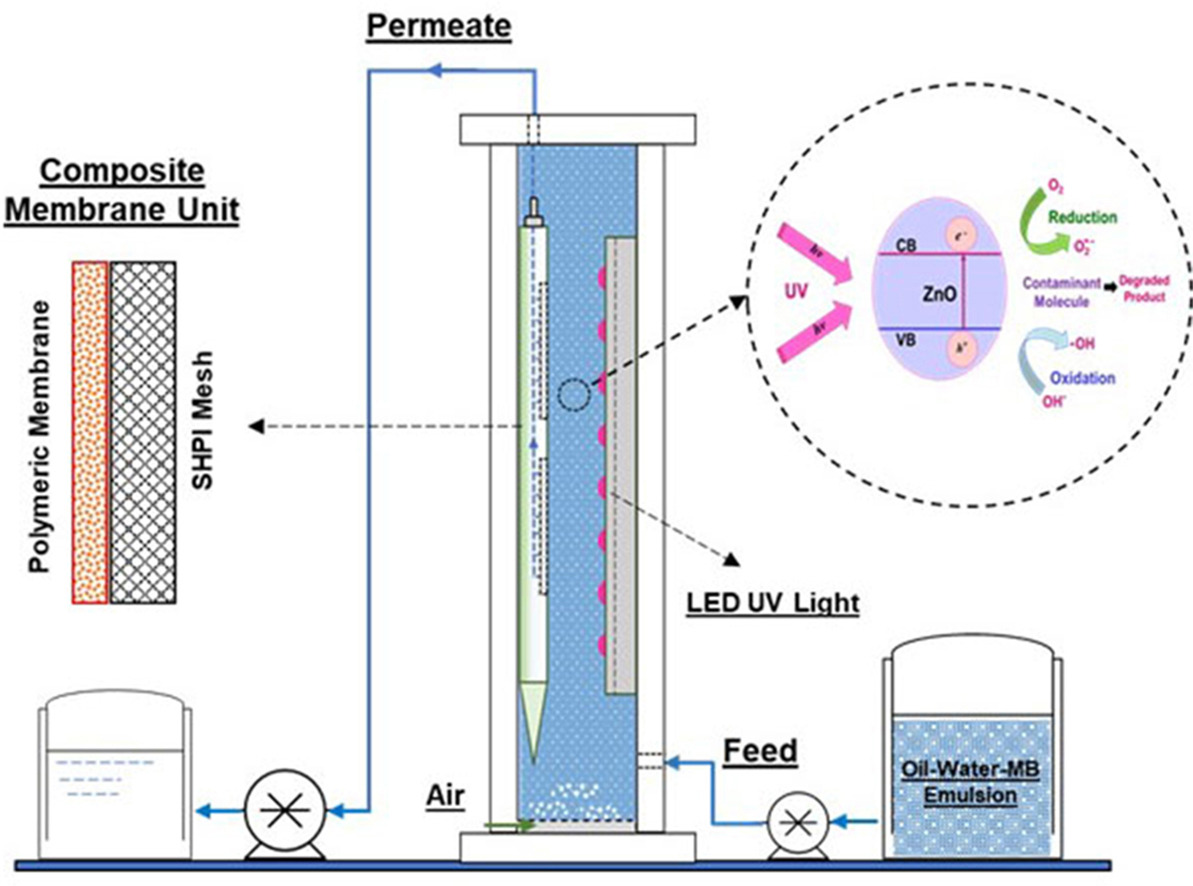-
Volumes 84-95 (2024)
-
Volume 94
Pages 1-400 (November 2024)
-
Volume 93
Pages 1-376 (October 2024)
-
Volume 92
Pages 1-316 (September 2024)
-
Volume 91
Pages 1-378 (August 2024)
-
Volume 90
Pages 1-580 (July 2024)
-
Volume 89
Pages 1-278 (June 2024)
-
Volume 88
Pages 1-350 (May 2024)
-
Volume 87
Pages 1-338 (April 2024)
-
Volume 86
Pages 1-312 (March 2024)
-
Volume 85
Pages 1-334 (February 2024)
-
Volume 84
Pages 1-308 (January 2024)
-
Volume 94
-
Volumes 72-83 (2023)
-
Volume 83
Pages 1-258 (December 2023)
-
Volume 82
Pages 1-204 (November 2023)
-
Volume 81
Pages 1-188 (October 2023)
-
Volume 80
Pages 1-202 (September 2023)
-
Volume 79
Pages 1-172 (August 2023)
-
Volume 78
Pages 1-146 (July 2023)
-
Volume 77
Pages 1-152 (June 2023)
-
Volume 76
Pages 1-176 (May 2023)
-
Volume 75
Pages 1-228 (April 2023)
-
Volume 74
Pages 1-200 (March 2023)
-
Volume 73
Pages 1-138 (February 2023)
-
Volume 72
Pages 1-144 (January 2023)
-
Volume 83
-
Volumes 60-71 (2022)
-
Volume 71
Pages 1-108 (December 2022)
-
Volume 70
Pages 1-106 (November 2022)
-
Volume 69
Pages 1-122 (October 2022)
-
Volume 68
Pages 1-124 (September 2022)
-
Volume 67
Pages 1-102 (August 2022)
-
Volume 66
Pages 1-112 (July 2022)
-
Volume 65
Pages 1-138 (June 2022)
-
Volume 64
Pages 1-186 (May 2022)
-
Volume 63
Pages 1-124 (April 2022)
-
Volume 62
Pages 1-104 (March 2022)
-
Volume 61
Pages 1-120 (February 2022)
-
Volume 60
Pages 1-124 (January 2022)
-
Volume 71
- Volumes 54-59 (2021)
- Volumes 48-53 (2020)
- Volumes 42-47 (2019)
- Volumes 36-41 (2018)
- Volumes 30-35 (2017)
- Volumes 24-29 (2016)
- Volumes 18-23 (2015)
- Volumes 12-17 (2014)
- Volume 11 (2013)
- Volume 10 (2012)
- Volume 9 (2011)
- Volume 8 (2010)
- Volume 7 (2009)
- Volume 6 (2008)
- Volume 5 (2007)
- Volume 4 (2006)
- Volume 3 (2005)
- Volume 2 (2004)
- Volume 1 (2003)
• Suspended catalyst LED-UV photocatalytic membrane reactor is developed.
• Composite polymeric and superhydrophilic membranes are used in the reactor.
• Simultaneous oil-water separation and pollutants dye degradation are studied.
• Close to 99% oil separation efficiency and 86% dye decolourization were achieved.
• The proposed design is promising for the treatment of contaminated oily wastewater.
The increase in oily contaminated wastewater emissions has made it essential to develop efficient treatment approaches to mitigate its negative impact on the ecosystem and human health. In this research, a suspended catalyst photocatalytic membrane reactor (SPMR) is developed for simultaneous oil-water separation as well as pollutants degradation using ZnO as a photocatalyst and a submerged LED-UV light. A composite membrane unit was used in the reactor that was made of a polymeric layer and a superhydrophilic (SHPI) underwater oleophobic layer. The later was prepared by attaching ZnO nanoparticles (NP) on stainless steel mesh using the spraying method. The pure water flux of the composite membrane was comparable to that of the pristine polymeric membrane indicating minor resistance of the SHPI layer. For oil-water emulsion, water flux ∼1332 L m−2 h−1 was achieved at 20 kPa transmembrane pressure (TMP) with ∼99% oil separation efficiency. Using methylene blue dye (MB) decolourizations to assess simultaneous oil-water separation and pollutant degradation efficiencies, close to 86% dye decolourization and near complete oil water separation was achieved. The results suggest a promising potential of the proposed design for treatment of contaminated oily wastewater.

Membrane reactors; Photocatalysis; Emulsions
